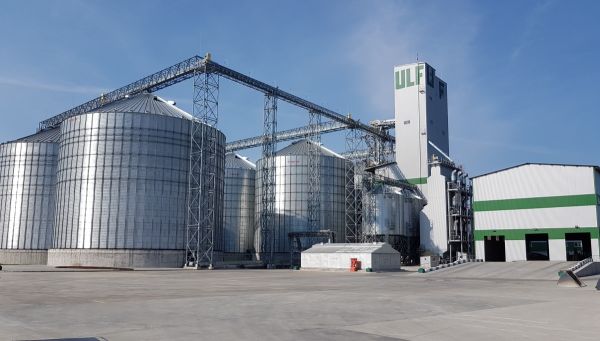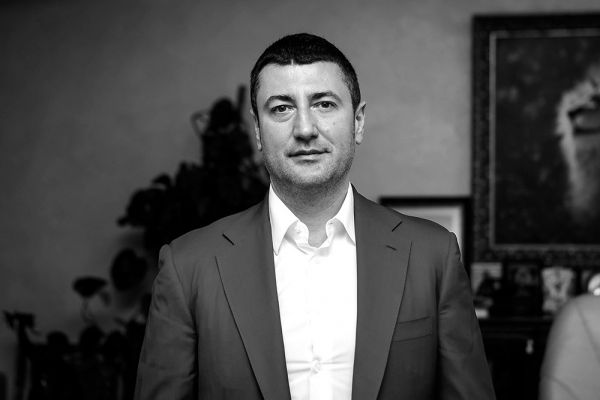To learn more about agribusiness in Ukraine, follow us on Facebook, on our channel in Telegram, and subscribe to our newsletter.
Galina Kovtok: Working in Agriculture Is Believing in a Dream
As the harvesting season peaks, farmers worry about the harvest while managers worry about the sales. The more land the company owns, the more challenging it is for the managers. During the UkrLandFarming press-tour, the Latifundist.com team had a chance to talk to Galina Kovtok, the Chief Operating Officer of the agroholding, about wheat problems, profitable livestock business, UAH 50 mln milk debts, and Ukrzaliznytsia.
Latifundist.com: Galina Ivanovna, could you tell us about the harvesting campaign at UkrLandFarming? What challenges have you faced?
Galina Kovtok: This year, we had to start the campaign earlier than we expected. Although, other Ukrainian agroholdings faced that too. Nevertheless, the harvesting is going well. The quality of wheat this season, however, leaves much too be desired. Heavy rains in Western Ukraine this summer have resulted in large quantities of smut wheat, but there is use for that wheat too. We will surely market it. At the same time, we have high hopes for the corn yield this season. Ironically, the rains that have spoiled the wheat crops have actually facilitated the growth of corn. Our farmers forbid to say it out loud (laughing), but I will: we expect to have a very good yield of corn and we hope it will compensate our losses over the wheat.
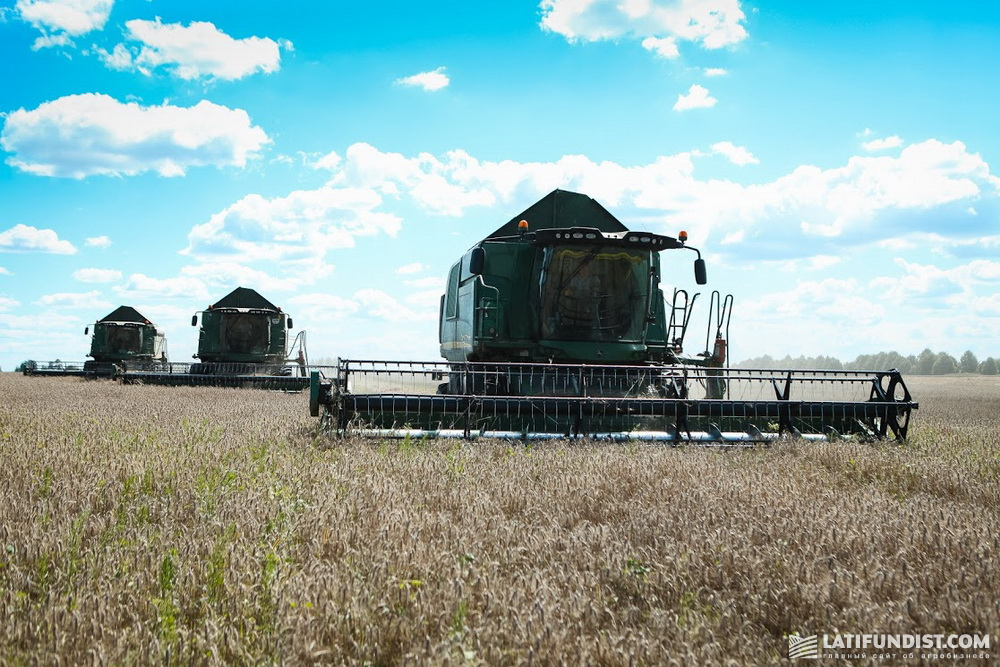
Latifundist.com: How much has the weather influenced the wheat crop? What is the proportion of milling wheat to fodder wheat?
Galina Kovtok: The rains have influenced it hugely. That is particularly true for the second class wheat. Fortunately, we do not have much of that. We don’t have much fodder wheat either. At times we actually experience a major shortage of the sixth class wheat used for feed. The majority of the crop this year is of the third class. That’s a pity because before the rains started we saw very good prospects for the second class wheat. But, as I have mentioned, the rains in Western Ukraine, which lasted for months, have significantly deteriorated the quality of the wheat. Now we have to deal with wheat germ, smut wheat and so on.
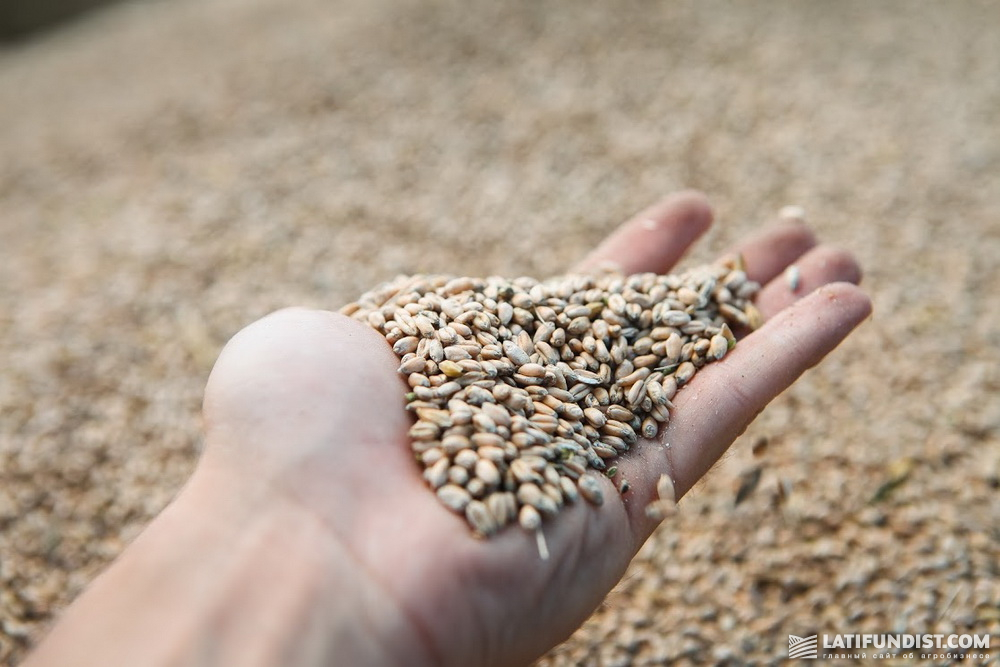
Latifundist.com: Could you share some harvesting figures with us?
Galina Kovtok: I’ve heard people saying that is not a rapeseed year. I couldn’t disagree more. We’ve had a very good yield of rapeseed — over 3 t/ha, and there is a very good price for it on the market. As for the wheat, we have harvested 95% of the crop as of August 9 with an average productivity of 5 t/ha. The maximum yield has been 5.77 t/ha so far. The yield is good, except for the grain quality. I’ll have information on other cultures when we begin threshing sunflower and soybean. It looks like we’ll have to start the harvesting of these crops a week earlier as well.
Latifundist.com: Has the land bank of UkrLandFarming changed this season? Are there plans to increase the bank?
Galina Kovtok: There’s only an organic increase in our land bank. We haven’t bought much land recently. Since the beginning of the current year, our land bank has increased by no more than 4 thousand ha. Our land bank is 570 thousand ha today.
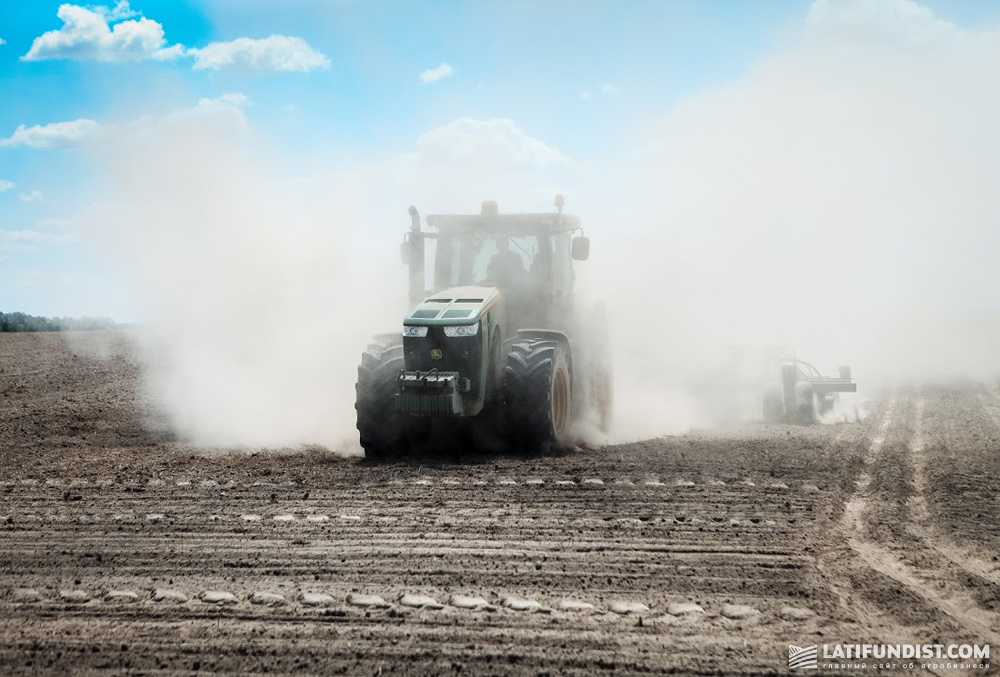
Latifundist.com: Will there be any changes in the company’s crop rotation schedule?
Galina Kovtok: We’ve designed such a good and sustainable crop rotation plan over the last years that we are not going to change it any time soon. We conduct ordinary crop rotation planting corn, sunflower, wheat, rapeseed, and soybeans in our fields. We will increase the areas of rapeseed because we naturally try to grow the plants with the highest profitability and rapeseed has produced very good results this season. We sold the last lots for UAH 14 thousand at the port, which is a fairly good price. Therefore, we are considering the increase in rapeseed production. There will be no other changes, though. We would like to grow more sunflower, but this is impossible both from the technical and agricultural points of view.
Latifundist.com: In one of his latest interviews, Oleg Bakhmatyuk mentioned an 80% decrease in UkrLandFarming’s distribution. What has prompted the decision?
Galina Kovtok: The main reason behind that decision is that distribution requires a lot of working capital. First, we need to invest money in inventory for our and our counterpart’s farms and get profit only after the harvesting campaign which sometimes comes in several instalments. Since we couldn’t free that much money for external activities, we had to cut down the distribution.
Latifundist.com: What is left of your distribution services?
Galina Kovtok: We’ve kept them in a few regions. They mainly include equipment, seeds, and some plant protection products. But it is not even close to what we used to have. I think there’s only about 20% left.
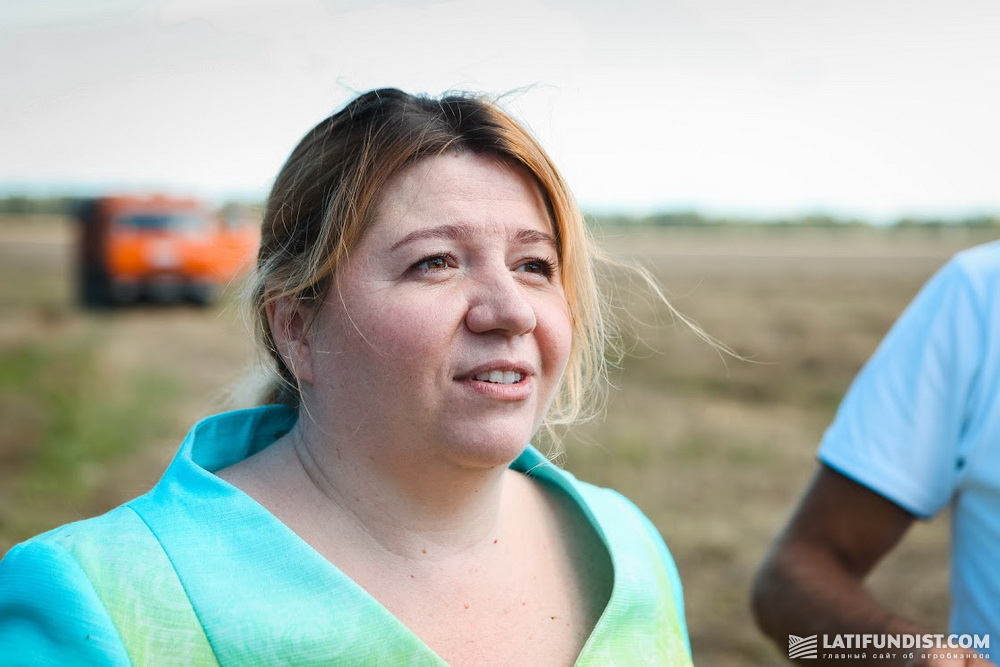
Latifundist.com: What are the plans for the distribution? Are you going to cut down the volumes even further?
Galina Kovtok: We plan to stabilize that branch of our operations, analyze the results and make further decisions.
Latifundist.com: What are the future investments going to be?
Galina Kovtok: We plan to invest in new farming machinery and major equipment repairs. We will develop the branches that bring profit. It’s the fourth season in a row that we do not launch our sugar plants and we don’t plan to invest in the sugar industry yet. We’ve focused on crop production and elevators. Our storage facilities are used by many farmers. Our short-term investment plan includes dairy cattle breeding. UkrLandFarming is one of the largest milk producers in Ukraine. Currently, we are updating our milking parlours and introducing Canadian methods of cattle breeding. We consider cattle breeding very promising. Besides, it compliments horticulture very well. It also helps to create more job opportunities.
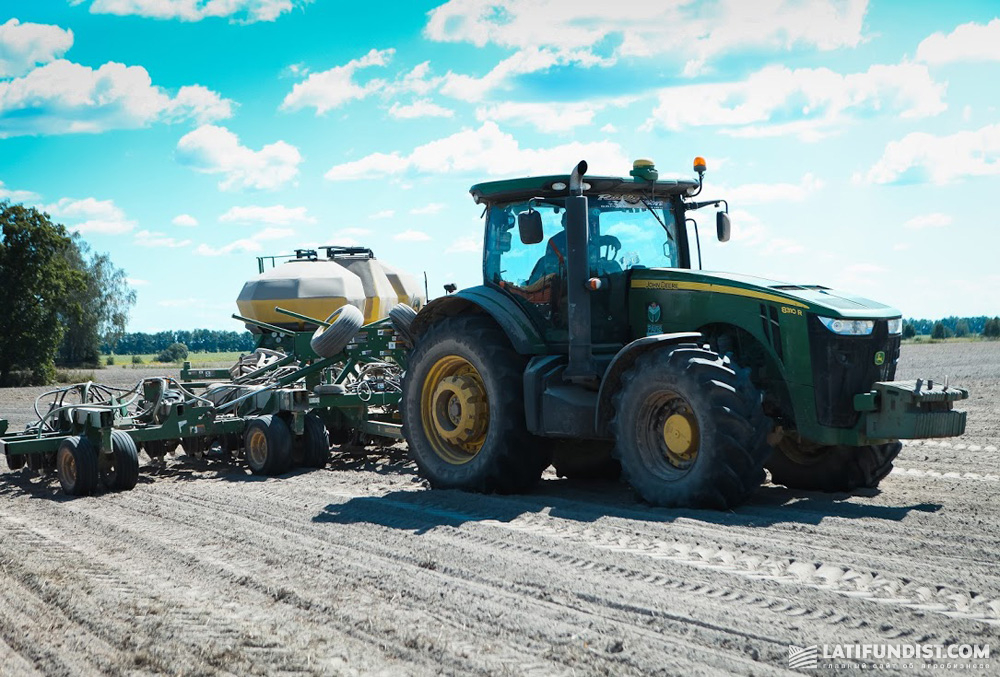
Latifundist.com: Is cattle breeding mainly about creating job opportunities or have you found it profitable?
Galina Kovtok: First of all, the branch helps us make money, but social responsibility is equally important to us. For better or for worse, cattle breeding has always been more of a social rather than a commercial project. Unfortunately, we’ve had a number of unpleasant incidents recently. For instance, the case with the Gadyach-cheese milk factory and its debt of more than UAH 50 mln. What company can overcome such financial strains? We shipped them milk over a month ago and we have not received the money for it yet! How can we make plans if we do not know when we get that money? Especially, given the volatile dollar exchange rate. And we need to buy fertilizers but we do not actually know how much money we will have at our disposal. So it is hard to answer your question. We would like cattle breeding to be an efficient business, not just a social project. It would help us create employment for villagers.
Latifundist.com: Do you think the dairy business can be profitable in today’s Ukraine?
Galina Kovtok: I believe it can be. I even have figures to prove we’re making it real. When we first started out, we aimed to make it at least not unprofitable. We wanted to make this social project work so that it wouldn’t require monthly settlements of the loss. We’ve managed to do that. Then, we have set another goal — to make it profitable. That is doable as well. The current prices for milk are 9-10 UAH/liter given that it is summer. There have never been prices like this. If milk factories pay on time, it may become quite a profitable business for our company.

Latifundist.com: What is the profitability of a dairy business of UkrLandFarming?
Galina Kovtok: The figures differ from farm to farm. Profitability depends on housing conditions, breed, farm’s manager and employees. In general, profitability ranges from 10 to 20%. These are the real figures that our enterprises reach today.
Latifundist.com: What about meat cattle breeding? Is it profitable too?
Galina Kovtok: Meat cattle breeding is more complicated. After all, milk brings daily revenue which we can immediately use for other purposes. Meat cattle breeding, on the other hand, is an 18-20-month cycle ranging from the birth of the calf to its delivery to the meat-processing plant. During this period, we only invest money without receiving any revenue. Therefore, meat business is less profitable than dairy business. Getting 5-10% profitability in cattle-breeding is considered very well.
Latifundist.com: What meat processing factories do you cooperate with?
Galina Kovtok: We cooperate with any factory that offers a good price. We consider all the bidders and chose the ones who offer the best price and have a good credit history to avoid future problem. Therefore, we work with many Ukrainian factories.
Latifundist.com: So, the Gadyach-cheese incident has taught you a lesson.
Galina Kovtok: It surely has. It has taught us a lot and gave us a valuable, albeit negative, experience. It often happens that companies are interested to buy cattle live weight for export. Some companies collect cattle, quarantine it, and ship abroad. Many enterprises are breeding farms and breeding plants, and we cooperate with them as well. We have a good breeding herd, we breed a quality healthy livestock and gladly sell it to other cattle breeders.
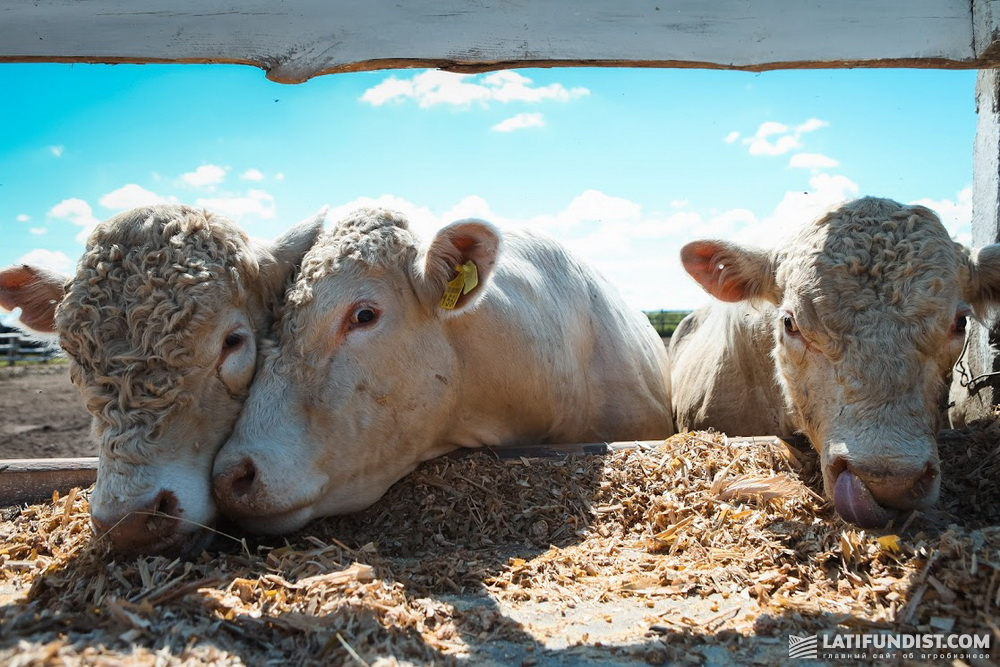
Latifundist.com: What about the grain? What part of it do you export, and what part do you sell on the domestic market?
Galina Kovtok: It differs from year to year. It also depends on the culture. For instance, sunflower is totally for the domestic market. It is liable to export duties. Besides, Ukraine is the largest exporter of sunflower oil. Therefore, Ukrainian oil extraction plants are our main customers. The same is true for soybeans. Fortunately, there are many soybeans processing plants in the country who are eager to buy soybeans. We have had a long history of successful transactions with the Agrarian Fund, so we sell all the contracted wheat to them. We export the remaining crops, i.e. corn and rapeseed. We sell only some small lots of grain or grain screenings to counterparties on the domestic market.
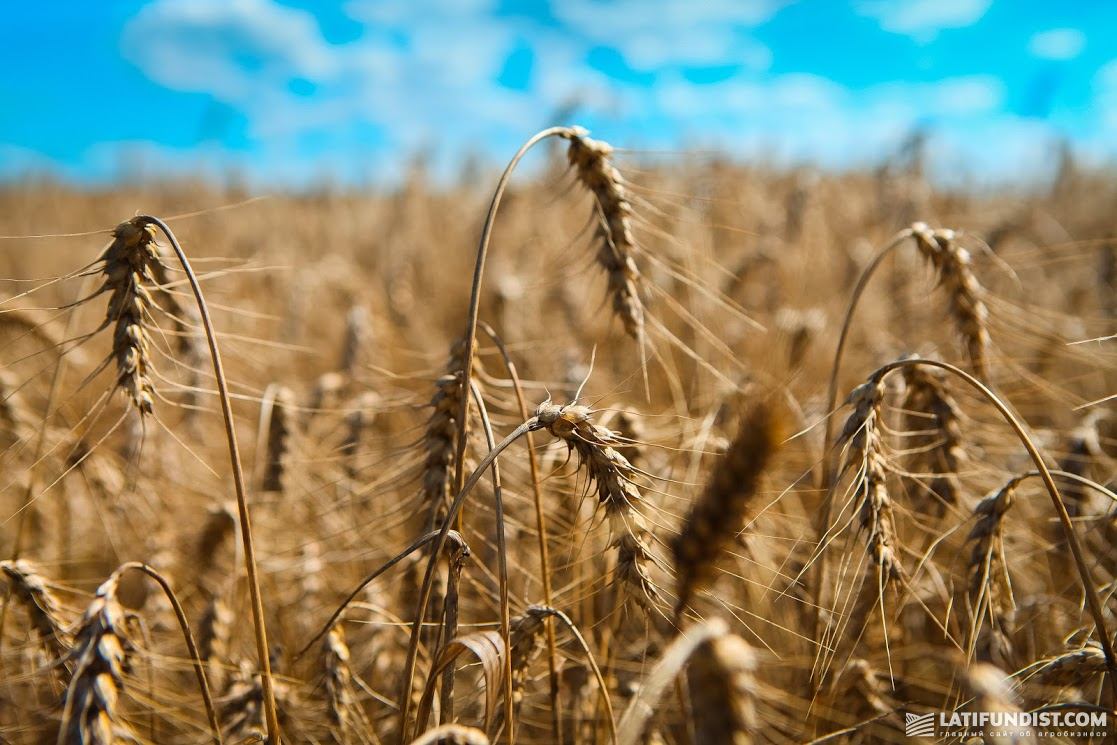
Latifundist.com: What about sugar beet? As far as we know, it is not listed on the company’s crop-rotation plan.
Galina Kovtok: No, it is not. Last year, we grew some sugar beet as a raw material for exports. We did not intend to process it for our own use. We have abandoned its production and processing for a while.
Latifundist.com: Don’t you worry that it may be too costly to relaunch the processing factories after a long pause?
Galina Kovtok: We do have such worries and they are very likely to come true. The plants have not been operating for 4 years, but we have been maintaining the equipment. It will take a lot of funding to launch operations at each plant. We will re-launch operations when we see prospects of investing in the industry. Until we know how much money we can make per ton of sugar beet, we will not re-launch the plants.
Latifundist.com: You’ve mentioned elevators as one of the promising areas of the business. Do you plan to increase storage capacities in the future?
Galina Kovtok: There is no need at the moment. There is enough storage space for the grain we produce. Besides, we can store around half a million tons of extra grain. There were times when we could store a million tons of grain of other farmers. The turnover of all the elevators of UkrLandFarming is 2.6-2.8 million tons. When we constructed our elevators, we designed them so that we could store and ship a lot of grain on time, so currently, there is no need for extra capacities. The need does arise once in a while. This spring and summer we have increased the capacities of two elevators (the Oliev elevator in the Zhytomyr region with the capacity of 20 thousand tons and the Ternopil elevator with the capacity of 20 thousand tons). We have predicted that these elevators cannot cope with the amount of the crop, so we have added more silos. The investments are paying off. If we see the need to increase the capacity of other elevators, we will do it. All the elevators of UkrLandFarming are designed for great capacities. We own the two largest elevators in Europe (each having almost 500 thousand tons of storage capacity). There are also small elevators, as we call them, with a capacity of 100 thousand tons, and a design capacity of 300 thousand tons. Therefore, there is no need for increased capacity.
Latifundist.com: Do you have enough grain cars for shipments?
Galina Kovtok: No, we experience an awful shortage of cars. We are capable of shipping 250 grain cars per day, but we simply do not have them.
Latifundist.com: Have you calculated the financial losses from the shortage of Ukrzaliznytsia grain cars?
Galina Kovtok: We haven’t, but we really should. When we deliver grain from Ternopil to the seaport by road, we pay extra 700-800 UAH/ton. That is a lot of money. On top of that, there are shipment contract failures. It is a huge problem, really. Besides, there are not enough vehicles in the busy season either. Ukrzaliznytsia has announced its decision to impose new tariffs twice already, so we cannot properly assess the costs. It is an open question what it is going to be like in the future.
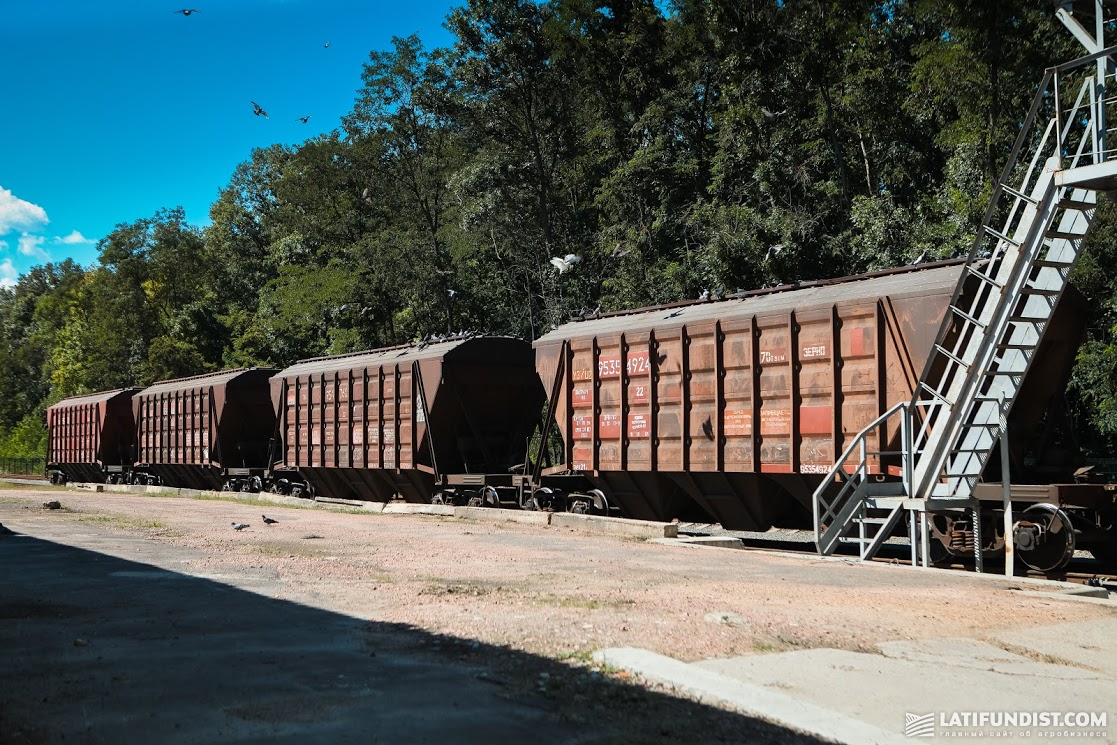
Latifundist.com: How many contracts have you lost due to problems with logistics?
Galina Kovtok: We haven’t lost any contracts, but we could have economized on logistics. The money we could have saved would have been spent on renovations, repairs and so on.
Latifundist.com: Have you worked out efficient methods of getting Ukrzaliznytsia to provide cars?
Galina Kovtok: There are methods of requesting the grain cars, but it seems the more requests I place, the fewer cars I get. How about such an arithmetical regression? Unfortunately, the new system does not work at all. We are very worried about the new season, as we will begin shipments in October. This whole thing is very strange given that we are a very good and profitable partner for Ukrzaliznytsia. Our capacities allow us returning the cars in 4 days. It takes a month with other customers. Ukrzaliznytsia could improve its efficiency with us. But for some reason, our goals seem to differ and it makes things difficult. When we built our elevators, it was our priority to have a railroad close so that Ukrzalinytsia could give us one or two routes a day. This year, we experimentally sent 86 boxcars per day from our Zavodsky elevator and that is half of the train, mind you.
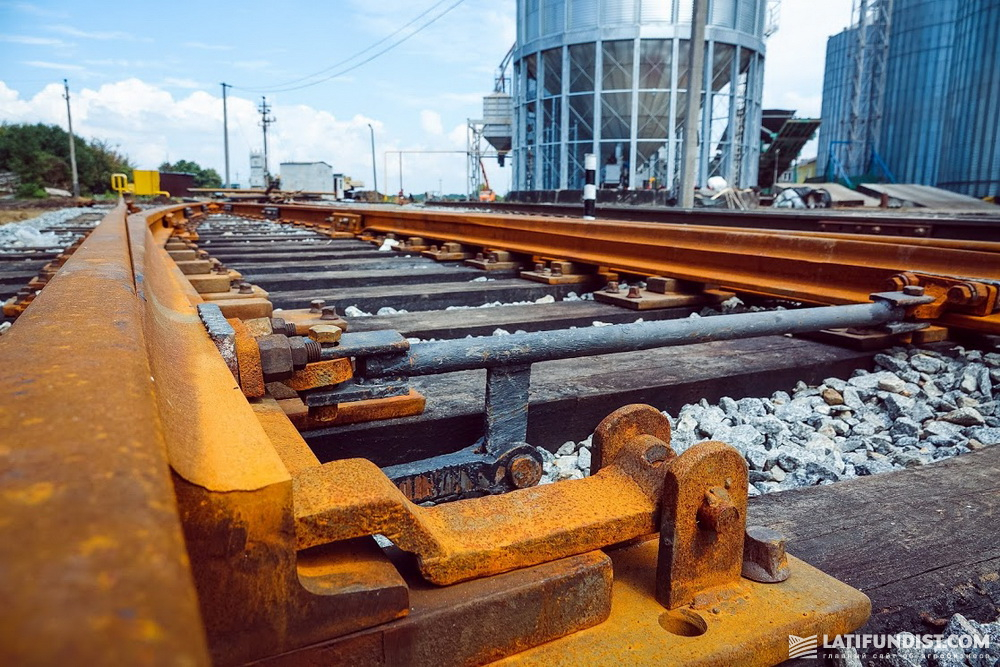
Latifundist.com: Do you believe that someday (in the distant future) Ukrzaliznytsia will no longer have a monopoly on railway transport?
Galina Kovtok: It sounds like a fairy-tale to me right now. There have been a lot of promises over the past 19 years. We had high expectations of the new electronic grain car distribution system. Now we are looking for improvements and hope for the best. You know, I think agriculture is for people who can take hard blows of fate and still believe in the bright future. “God meant it this way, but it is going to be better.” We have that attitude. We always believe things will change for the better.
Latifundist.com: Thank you for the talk. And we hope things will indeed change for the better soon.
Ekaterina Nikonchuk, Latifundist.com


